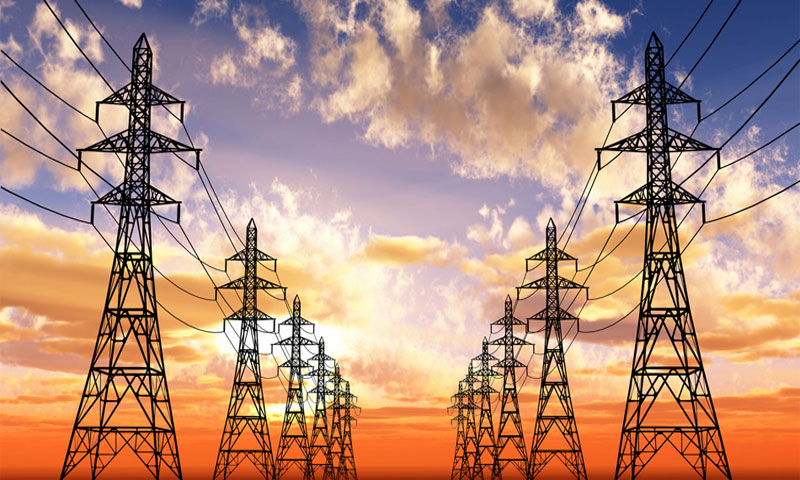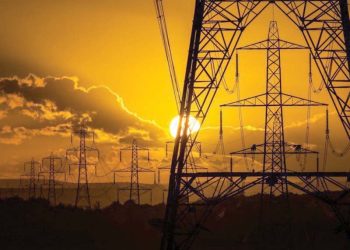Diminution in circular debt as committed with the International Monetary Fund (IMF) and the World Bank is unlikely to materialize due to unrealistic subsidy allocations at the outset of the two-year circular debt management plan (CDMP), according to the power division.
The power division had protested in writing over inadequate budgetary allocations for debt servicing of power sector loans parked in the Power Holding Private Limited (PHPL), payments to independent power plants and overall tariff differential subsidies for budget year 2021-22.
The official said the protests by the power division had been conveyed to the Finance Ministry and Prime Minister Office, as the Finance Division was allocating about Rs300 billion subsidy for the power sector for fiscal year 2021-22 against actual requirement of Rs501bn, indicating that Rs201bn delta was being created at the outset of the fiscal year that would add to the stock. After adding Rs352bn on account of financing cost of PHPL loans and interest payments to IPPs, the total delta arising out of the finance ministry’s allocation would be Rs553bn. “How can you expect to address circular debt when one of the three major components starts a fiscal year with Rs553bn deficit,” he said, explaining that the CDMP involved contributions from three major stakeholders and failure on one element would derail the entire structure.
Under the plan committed with the IMF, the power sector was to get an additional financial injection of Rs2.650 trillion in two years (i.e. fiscal year 2021-22 and FY2022-23). This included Rs1.060tr revenue generation through various tariff adjustments and rebasing and by the government (40pc contribution), followed by Rs850bn worth of governance, efficiency and recovery efforts of the power division (32pc) and Rs740bn by the finance division (28pc) through realistic allocation and timely payment of subsidies.
As part of this, the finance division committed Rs281bn injection in next fiscal year and Rs155bn in FY2022-23. The power division, however, conveyed that the allocations were unrealistic and would result in increasing the circular debt. It said estimates for financial gap arrangement against the AJK special tariff, conversion of PHPL loan into public debt, PHPL and IPPs markup fundings and tariff differential subsidy had been kept on the lower side.
Similarly, the power division would be responsible to put together Rs850bn through 5.73pc improvement in overall recovery of billing (Rs205bn), for 2.12pc reduction in system losses (Rs130bn), reduction in IPPs markup on stock payments (Rs67bn), impact of reduction in return on equity secured from IPPs (Rs146bn) and payment by KE worth Rs303bn including Rs127bn starting with July 2021 and Rs175bn in FY2023.






